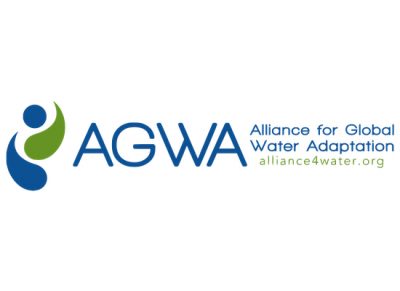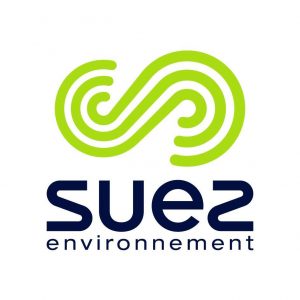Primary Functions
- Find guidance on integrating water into climate responses and improving the effectiveness and success of national climate plans and actions.
Detailed Description
The impacts of climate change are primarily felt through water systems, and water resource needs are implicitly imbedded in most climate mitigation and adaptation strategies. Climate change is expected to increase global water demand, potentially intensifying competition for water resources even as the timing, quantity, and quality of available water becomes less predictable and more variable. Trade-offs between water users are likely to become increasingly difficult: for example, choosing between water for electricity or food production during the dry season. Already these tradeoffs are difficult choices and could become even more stark if freshwater resources are not explicitly considered throughout countries’ climate plans and actions. Absent these considerations, we risk not only failing to meet the Paris Agreement targets but intensifying persistent or permanent water stress, leading to social and economic disruption and profound ecological damage.
The purpose of this brief is to assist Parties in improving the effectiveness and success of their national climate plans and actions (e.g., LTSs, NDCs, and NAPs) by ensuring they address freshwater resources throughout all national climate planning and implementation processes in ways that can both withstand climate impacts that have already occurred or are highly likely to occur, as well as potential impacts that are less well understood in their timing, severity, form or when models and scenarios show widely divergent types of impacts. By adopting resilient and low carbon water management approaches that combine robustness (able to withstand anticipated vulnerabilities) and flexibility (able to change as needed when climate futures’ anticipated outcomes shift) to address both known and uncertain impacts, Parties can fulfill NDC commitments and ensure that climate policies and actions foster synergies rather than conflict. This brief provides evidence, examples, and tools to manage water as an asset for achieving the goals of the Paris Agreement, along with a set of principles and recommendations for Parties to use during the process of updating and implementing their national climate plans.





